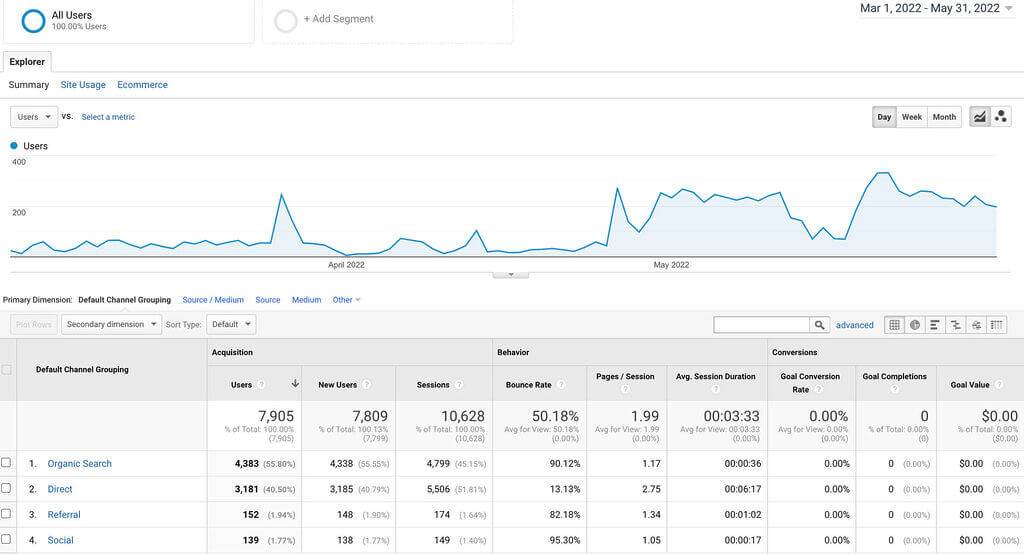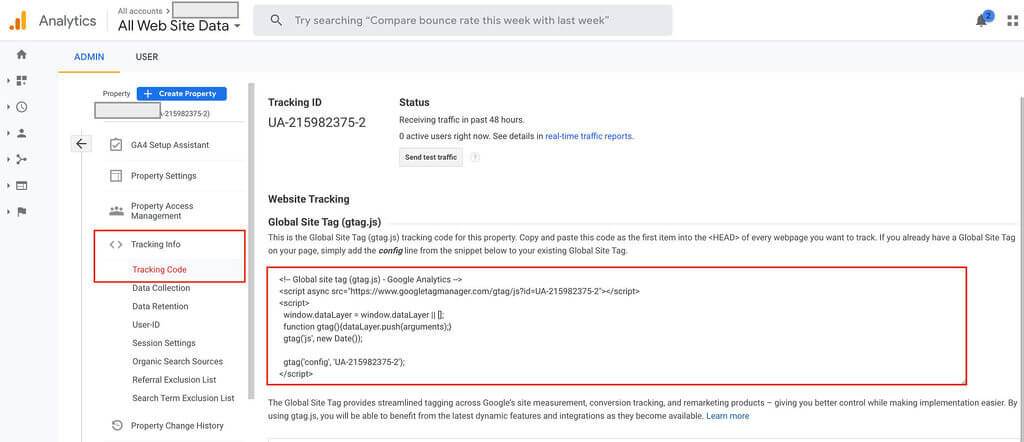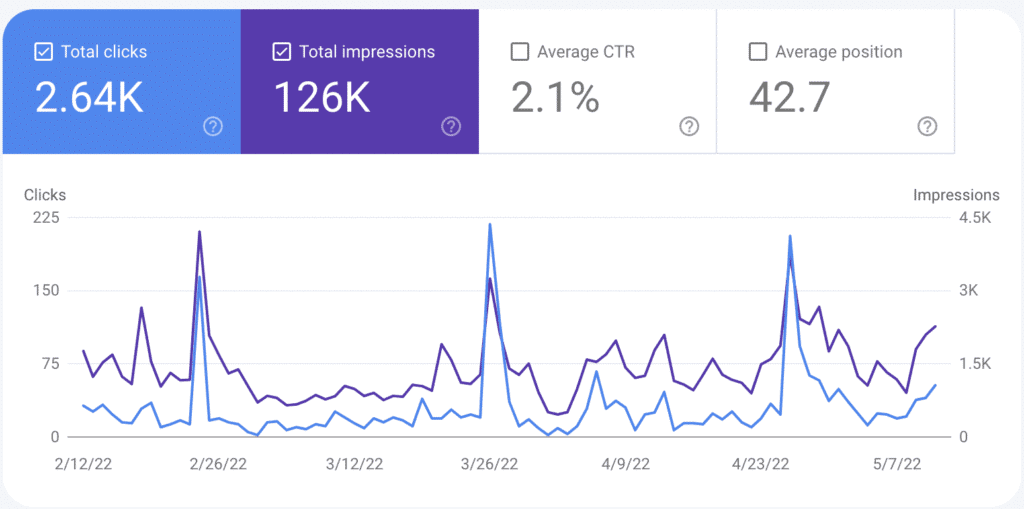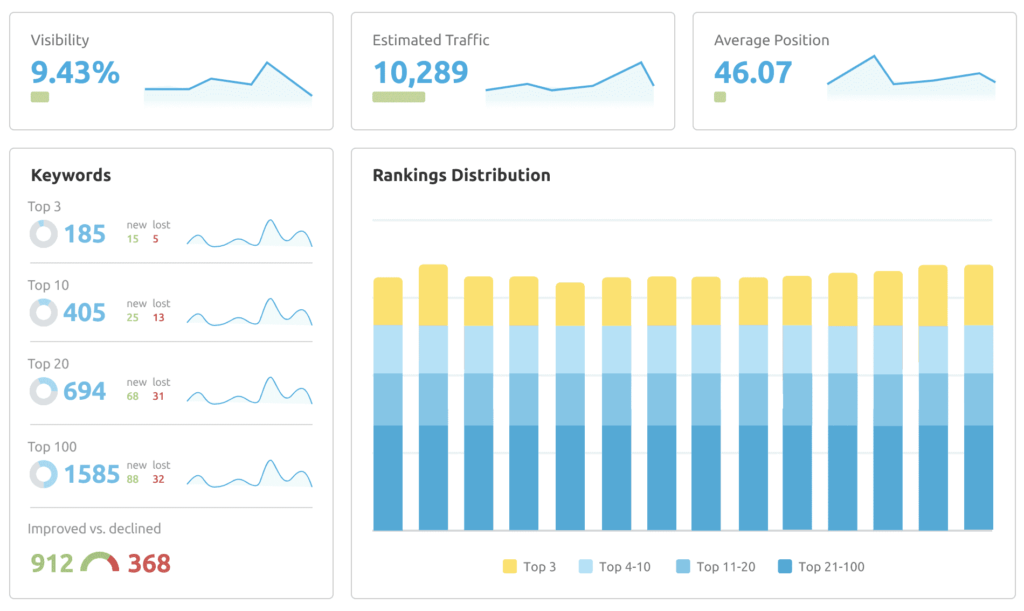If you have a blog, then you probably spend a lot of time writing new posts for your readers. You might even schedule posts in advance so that you can plan your content calendar.
However, you don’t want to spend all your time working on post ideas. Instead, you would rather work on something else.
In this article, we will talk about how to check blog traffic on google analytics and grow your blog with that information.
You do not have to be an expert blogger or know everything about growing blogs from day one. All you need is some basic knowledge and a little effort to start seeing results sooner than later.
Checking blog traffic on google analytics is the first step towards achieving this goal. If readers cannot find your content then they will not come back again and again.
It might take more time than you think to build an audience and bring in more visitors through organic search results and social media sites like Facebook and Twitter as well However, if you keep working at it over time, then it will start producing results faster than expected so long as the rest of your strategy remains solid as well.

To check on your blog traffic, follow these steps:
1. Go to Google Analytics and sign in with your account.
2. Click on “Acquisition” in the top menu bar
3. Choose “All Traffic Sources” from the drop-down menu
4. At the top of the page, you will see a graph for Visits and Pageviews. This graph will show how many visitors come to your site from organic search results, social media sites, and referrals from other domains.
If you are not familiar with Google Analytics, this is a free tool that will show you the number of visitors to your blog on a day-to-day basis.
It also gives you the ability to see demographic information like how many people come from Facebook or Twitter, which pages they visited on your site, what type of content they read, and more.
Setting up an account is simple. You just have to first sign in to your Gmail account and then follow these instructions:
- Go to www.google.com/analytics.
- Click “Sign Up for a Google Analytics Account.”
- Enter your name, email address, and password.
- Click “Create an Account.”
- Click “I accept the Terms of Service.”
- Click “Create an Account.” (If you are already signed in to your Google account, you will be taken to the “My Accounts” page.)
You’re now ready to start tracking your website’s performance!
To start, you should be using Google Analytics to track your blog traffic. Google Analytics is a free tool that gives you access to many analytics tools and information about your website visitors.

So, if you have not already got it installed, then go ahead and check out our article on how to get started with Google Analytics for more info on how you can use it to better manage your blog.
With this data, you will be able to see how many people are visiting your site from organic search results, social media sites like Facebook and Twitter, and other websites.
You will also be able to see how long they are spending on the site and what pages they are viewing most often. These stats will help you improve the website in the future so that it can keep producing top-quality content for readers.
One of the first steps to see blog traffic grow is checking your website’s ranking in Google Search and Google News. You can do this by opening either a desktop or mobile browser on your computer and going to google.com/news or google.com/search.

If you don’t find your blog listed, then try using the search term in google search engine “site:mydomain.com” or google.com/search with a target country (country) selected in the drop-down menu next to it. This will allow you to narrow down your results based on which country you are searching for.

Using Google Search Console Tools.
As a blogger, you probably use Google Search to find content ideas. If you want to check the performance of your keywords in Google Search, then SEMrush can help you do just that. SEMrush is an online platform that lets you track how many times your website and articles are mentioned in various sources.
This information will help you understand the traffic that your blog is getting from both organic and paid search results. If the keyword has low search volume, then it might be due to a spelling error or misspelling.
If it has high search volume but still doesn’t show up on your website’s first page, then it might be because your content isn’t optimized for search engines yet or it isn’t enough for Google and other search engines to rank your site.
You will also be able to see how well-written your blog posts are and whether they get natural links from internal pages of other websites as well as external sites like news outlets and blogs.
This information can help you improve your SEO strategy so that readers are more likely to find your content when they perform searches using those specific keywords.

This is one way that bloggers can boost their marketing efforts by using SEMrush as part of their overall digital strategy.
It can provide them with valuable insights so that they can better comprehend the traffic coming into their site through organic and paid search results plus social media sites like Facebook and Twitter
One of the most beneficial tools for bloggers is Ahrefs. With this tool, you can see exactly how your blog ranks in Google’s search engine results pages (SERPs).
This is a great way to understand what keywords people are searching for and find out which are the top ranking pages that you can use as inspiration for future blog posts.
There are three methods that you should use to get started with Ahrefs:
1. Search engine optimization (SEO) reports
2. Search traffic stats
3. Keyword rank history If you want to know more about these features then head over to their website and watch the tutorial videos!
If you want to know how to check blog traffic on google analytics, use these instructions to set up your Google Analytics account and get the data from Google Analytics.





